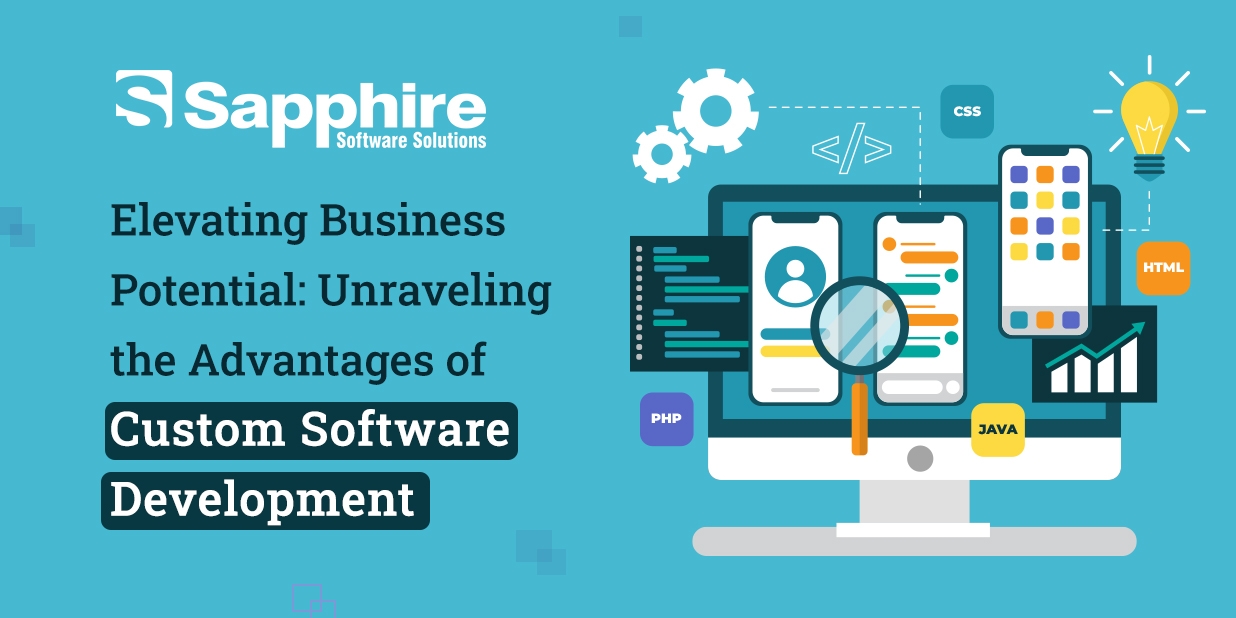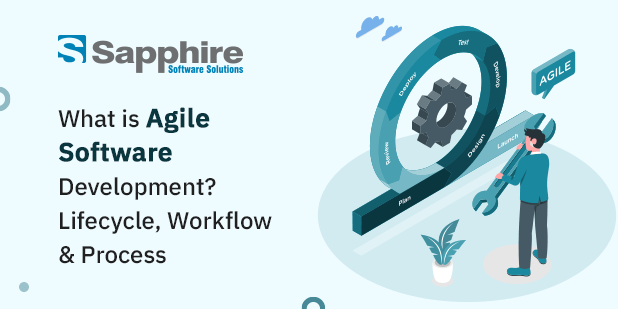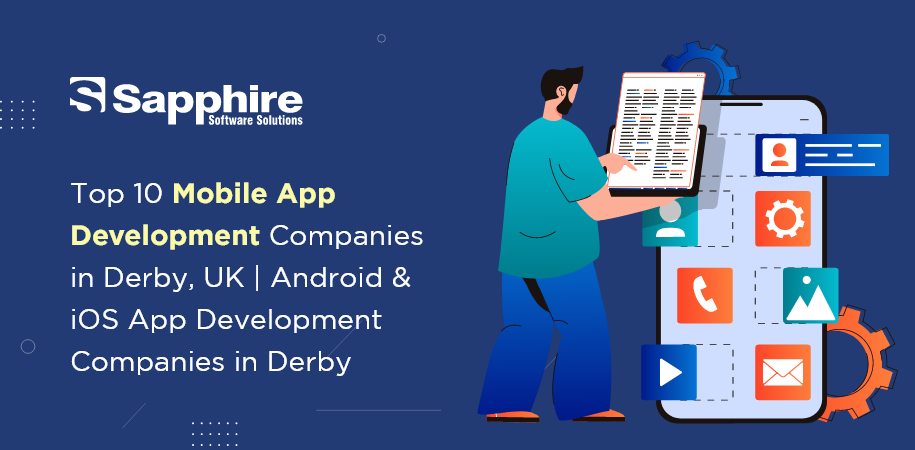Tag: hire software developers
All Posts

How to Choose the Best Software Development Company in UAE for Your Needs?
Parth Patel
in
Software Development
February 11, 2025 · 4 min read
UAE companies depend more and more on tailored software solutions in the digital-first world of today to propel development, improve operational efficiency, and provide better client experiences. Whether you run a big company or a tiny startup, the correct software will enable you to remain competitive and satisfy your corporate…
Read more
Elevating Business Potential: Advantages of Custom Software Development
Parth Patel
in
Software Development
August 23, 2023 · 5 min read
The importance of bespoke software development services in USA has increased since the corporate technology environment is continually expanding. Off-the-shelf solutions may need to adequately meet an organization’s specific demands as they work to gain a competitive edge and improve operational effectiveness. Businesses may realize their full potential thanks to…
Read more
What is Agile Software Development? Lifecycle, Workflow & Process
Parth Patel
in
Software Development
November 11, 2022 · 5 min read
The design and development processes of agile software development are done iteratively. In agile development services, the traditionally long steps of requirements, development, and testing are broken down into more manageable chunks of work, enabling teams to produce software more regularly. Check out the best software development services in USA.…
Read more

























